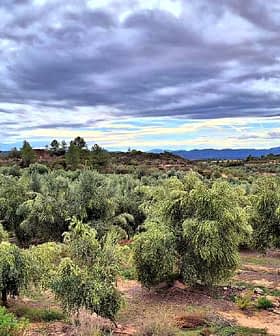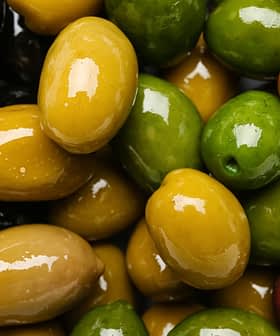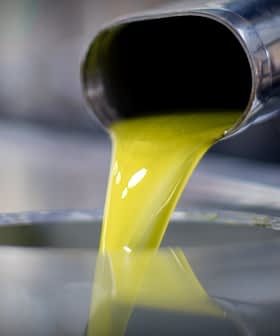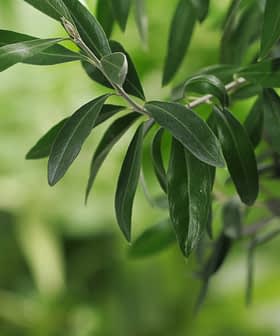Researchers Investigate Origins of White Tripolitaine Olive in Libya

Spanish and Libyan researchers met in Andalusia to identify and characterize promising olive cultivars in Libya, including the Tripolitaine cultivar. They aim to investigate the genetic profile of olive trees in Libya and improve olive farming techniques to enhance production in the country.
Spanish and Libyan researchers met in Andalusia to identify and characterize the most promising cultivars in the North African country.
“One of our goals is to investigate the genetic profile of the trees that grow here and to map the most interesting cultivars for olive farming,” said Adel Elmagharbi, a leading researcher on the Libyan olive fingerprinting project at the Biotechnology Research Center (BTRC) in Tripoli.
We hope to identify which cultivars react better to our climate, which are the most interesting commercial cultivars and how to maximize their yields.
“Most of them were propagated during Italian colonization [from 1911 to 1943] and almost 15 years ago, we found a few trees carrying white olives about 20 kilometers east of Tripoli,” he told Olive Oil Times. “That is the Tripolitaine cultivar and we are working with our colleagues in Córdoba to investigate its genetic origin.”
The meeting took place at the University of Córdoba after bilateral talks between the International Olive Council (IOC) and Libyan authorities in Madrid. The two sides discussed adding the Tripolitaine cultivar to the IOC’s World Catalog of Olive Varieties.
See Also:Olive Council Awards Four Research ScholarshipsAmong those in attendance at the talks were Inas Alhudiri, the BTRC genetic engineering department head. She told Olive Oil Times that the Libyan delegation is working with the IOC to add “the most interesting Libyan cultivars” to the IOC’s olive germplasm bank as part of the True Healthy Olive Cultivars 2 project.
“We are working on a memorandum of understanding with the University of Córdoba, which might allow us to conduct the genetic investigation into our cultivars, train our students and experts in all areas of olive propagation and farming and optimize production in Libyan orchards,” she said.
According to Mohamed Abusanina, a researcher at the department of plant tissue culture at BTRC, Libyan scientists have already taken DNA samples from local olive cultivars and sent them over to Spanish experts.
“We have more than 40 genotypes for cultivars,” he told Olive Oil Times. “While some of those varieties came from Italy, most of our orchards here have adapted to our dry weather. Some trees are more than 100 years old.”
Of primary interest to the researchers is discovering the origin of the Tripolitaine cultivar, which yields white olives similar to the southern Italian Leucocarpa cultivar and is also quite rare.
See Also:In Bid to Boost Exports, Algeria Plants Millions of Olive TreesAccording to the researchers, the trees appear to thrive in Libya’s hot and dry climate. Scientists at the BTRC intend to determine whether the Tripolitaine olive is a mutation or a different variety and the best way to graft the trees.
One of the biggest challenges facing Libyan olive farmers is finding varieties capable of withstanding the low levels of rainfall received by the country. Even the wetter northern regions of Libya receive only slightly more than 250 to 300 millimetres of rain each year.
“In this respect, we must count on many varieties that have shown strong resilience to extreme weather conditions over time,” Abusanina said.
According to IOC data, Libya produced 16,500 tons of olive oil in the 2020/21 crop year. However, by improving cultivation techniques and selecting suitable varieties, these experts believe that the country could improve its production figures.
“With our Spanish counterparts, we hope to identify which cultivars react better to our climate, which are the most interesting commercial cultivars and how to maximize their yields, to possibly suggest to farmers how and where they could invest more in new olive orchards and receive good olive yields,” Alhudiri said.
Away from this project, Libyan officials hope that this renewed cooperation with the IOC will lead to further collaboration and, eventually, the official recognition of Libyan chemical and sensory analysis labs.
Researchers also hope to increase cooperation with some of the country’s neighbors, including Tunisia, Algeria and Morocco, to promote olive oil production across North Africa.









